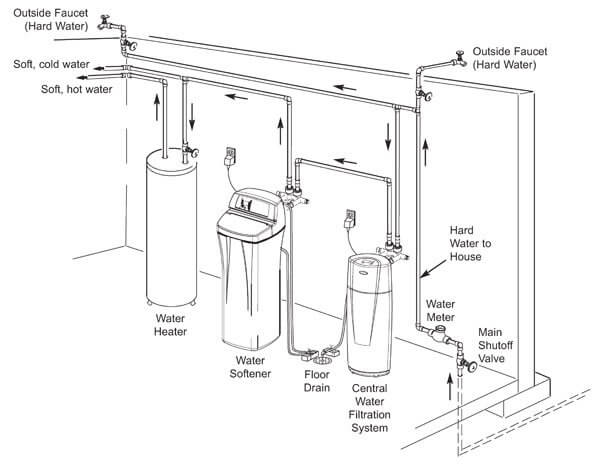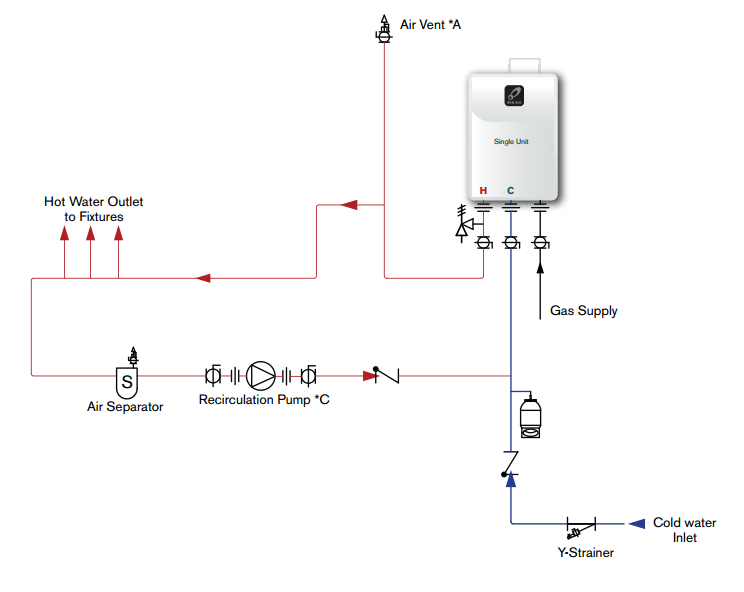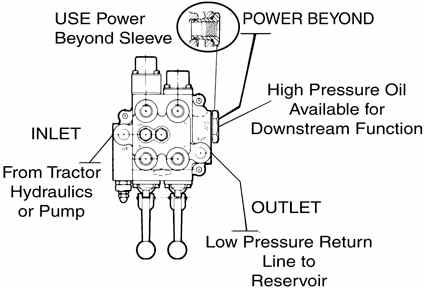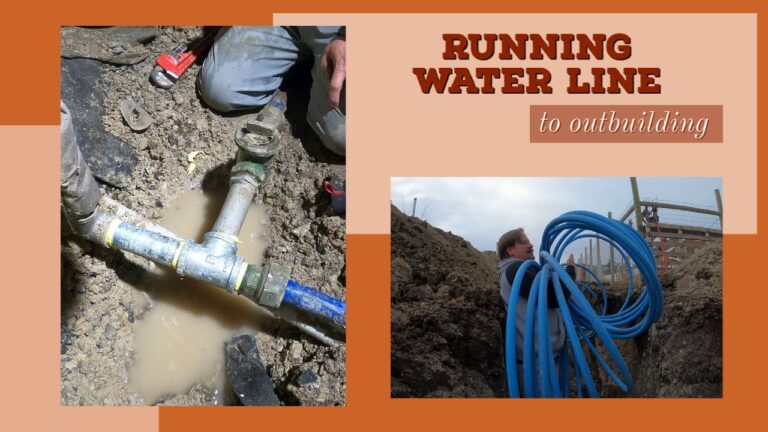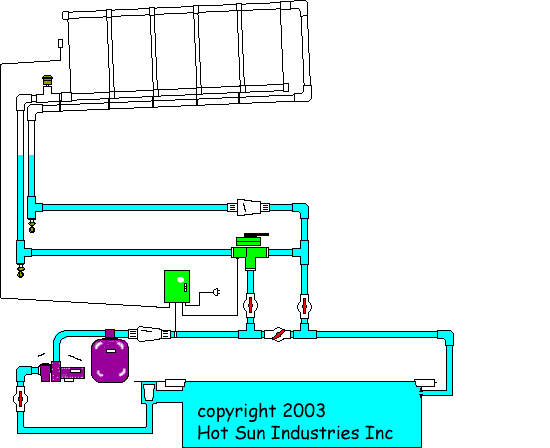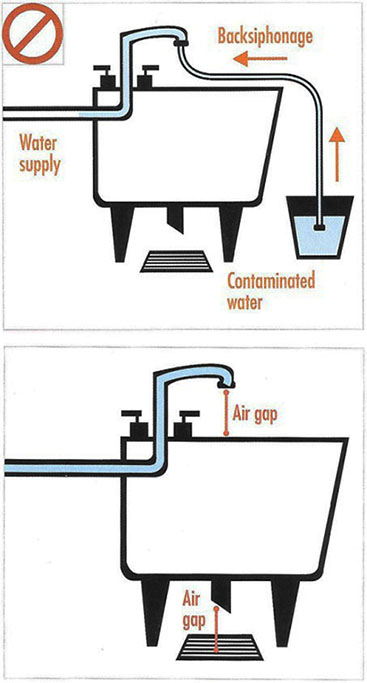What Happens When You Install A Water Softener?
Water softener is a device that is used to reduce the hardness of water by removing minerals such as calcium and magnesium. When you install a water softener in your home, the device will remove these minerals from your water supply. This process helps to improve the taste, smell and overall quality of your water. The softened water is also better for your plumbing system, as it helps to reduce the buildup of scale. In addition, it can improve the efficiency of your washing machine, hot water heater, and dishwasher, resulting in cost savings. Installing a water softener is a great way to improve the quality of your home’s water supply and your overall home comfort.
What is a Water Softener?
A water softener is a device that is installed to treat hard water and reduce levels of minerals such as calcium, magnesium, and iron. It works by exchanging hard ions with soft ions, making the water softer and easier to use. Hard water can be damaging to plumbing fixtures and appliances, leading to clogged pipes, reduced efficiency, and corrosion. Installing a water softener can help reduce these issues and also make your water taste better.
When you install a water softener, the process begins with a professional assessment of your water by a certified technician. They will examine the water for hardness, pH levels, and other potential contaminants. The technician will then determine what type of water softener is best for your home.
Next, the water softener is installed to treat the water at the point where it enters your home. Depending on your water hardness and other factors, the technician will choose the most appropriate size and type of water softener. The process is usually completed within a few hours.
Once the water softener is installed, it will begin to remove hardness and other contaminants from your water. It will also remove any unpleasant taste and odors. If the water softener is properly maintained, it can last for many years.
Installing a water softener in your home can help reduce the damage caused by hard water and improve the quality of your water. It can also help you save money on maintenance and repairs, as well as improve the taste and smell of your water.
Benefits of Installing a Water Softener
Installing a water softener is an effective way to reduce hard water in your home. Hard water can cause a variety of problems, such as clogged pipes, scale buildup in appliances, and soap scum on shower walls. Installing a water softener can help to eliminate these problems and provide a number of health and financial benefits.
The health benefits of installing a water softener include softer skin and hair, reduced risk of clogged pipes, and better tasting water. Hard water can cause skin irritation and dryness, while soft water can help keep skin and hair looking and feeling healthy. Additionally, soft water prevents clogs and buildup in plumbing fixtures.
Installing a water softener also has financial benefits. Soft water reduces the need for expensive household cleaning products, detergents, and soaps. It also reduces the need for scale removal services and appliance repairs caused by hard water. Further, soft water eliminates the need to buy bottled water, saving money in the long run.
Overall, installing a water softener can be a wise investment for homeowners. Not only does it provide numerous health benefits, but it can also save money in the long run. It is important to research the various models available and select the one that best meets your needs.
Types of Water Softeners
When it comes to installing a water softener, there are many different types to consider. Each type has its own advantages and disadvantages. Depending on your home’s needs, one type may be better than another. Understanding the different types of water softeners will help you make an informed decision when selecting the best system for your home.
The most common type of water softener is a salt-based system. This type of system uses either sodium chloride or potassium chloride to remove calcium and magnesium from hard water. Salt-based water softeners require frequent maintenance and can be quite expensive to install.
Another type of water softener is a potassium-based system. Unlike salt-based systems, potassium-based systems do not require the addition of salt. This type of system is more environmentally friendly but can be more expensive than salt-based systems.
Another option is a reverse osmosis water softener. This type of system uses a semi-permeable membrane to filter out impurities. This system is less expensive than salt-based systems but may require more frequent maintenance.
Finally, there are magnetic water softeners. These systems use magnetic fields to reduce the minerals in hard water. Although magnetic systems are generally the least expensive, they may not be as effective as other types of systems.
Each type of water softener has its own unique advantages and disadvantages. When deciding which type of system is best for your home, it is important to consider your budget, maintenance needs, and desired effectiveness. Understanding the different types of water softeners will help you make an informed decision when selecting the best system for your home.
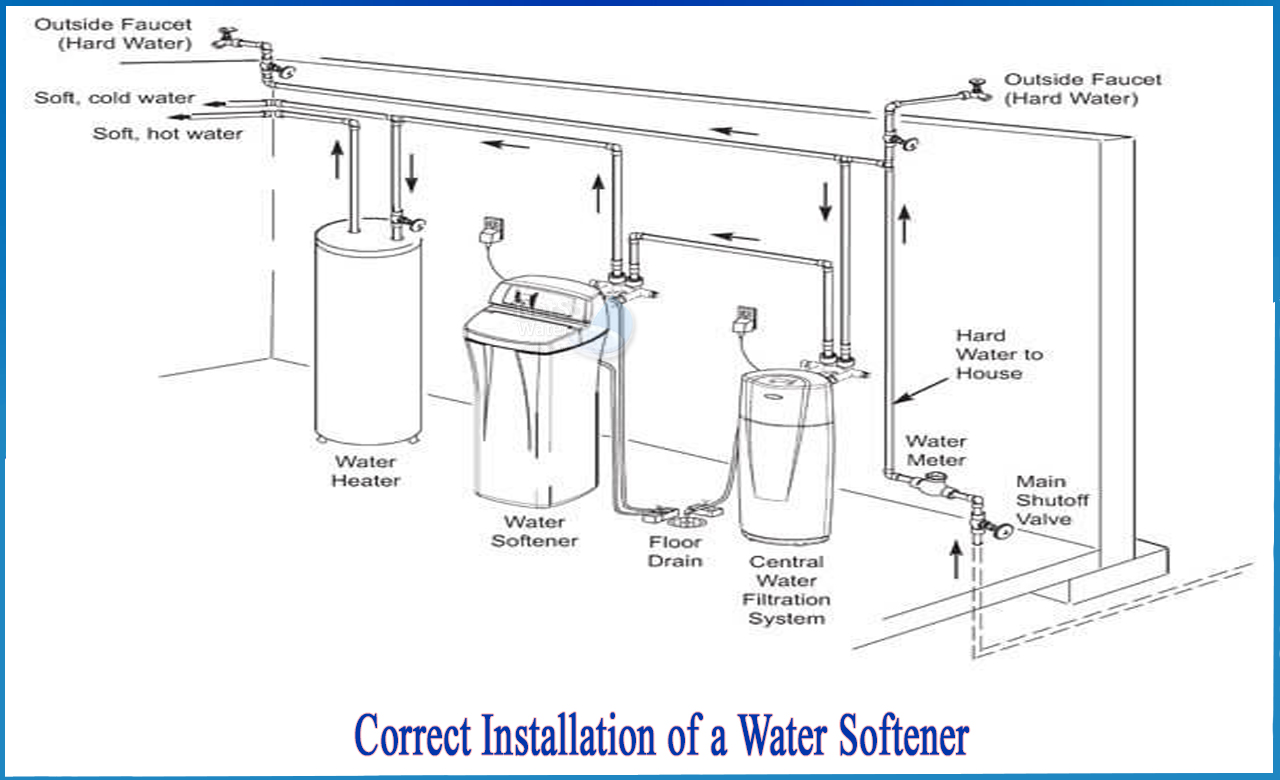
Cost of Installing a Water Softener
Installing a water softener is a great way to improve the quality of your drinking water. However, it’s worth noting that the cost of installing a water softener can vary significantly. The cost will largely depend on the type of water softener you choose, the size of your home, the quality of your water, and the complexity of the installation process. The cost of the unit itself can range from a few hundred dollars to several thousand dollars. Additionally, there may be additional costs associated with installation, such as plumbing labor, a water analysis, filter media, and salt. For those on a budget, there are a few ways to keep costs down. Consider purchasing a used or refurbished unit, or shop around for the best prices on installation. Ultimately, investing in a water softener is a great way to protect your home’s plumbing and appliances. Understanding the cost associated with installation can help you make an informed decision and ensure that you get the best value for your money.
Maintenance of a Water Softener
Maintaining a water softener is important for ensuring its longevity. The most important maintenance task is regularly regenerating the system, which is when the water softener flushes out the minerals that have been collected and replaces them with fresh salt. To ensure that the system stays in peak condition, it is recommended to have an annual inspection from a certified technician. This will involve checking the salt levels, the operation of the valves, and any other parts of the system that may need attention. Additionally, it is important to regularly check the filters and replace them when necessary. Following these steps will help to keep the water softener working efficiently and provide clean, soft water for years to come.
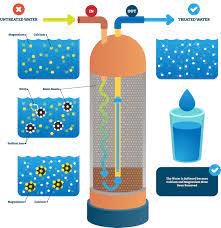
Troubleshooting Tips for Installing a Water Softener
Installing a water softener in your home can be a great way to improve the quality of your water, but it can also be a daunting task. If you’re not familiar with the process, it can seem overwhelming and it’s easy to make mistakes. To prevent any potential issues, it’s important to properly install your water softener. If you’re planning on installing a water softener, here are some troubleshooting tips to keep in mind.
First, make sure you have all the necessary equipment. Before you start the installation process, be sure to check that you have all the necessary pipes, fittings, valves, and other equipment. Once you’ve determined that everything is in place, you can begin to connect the water softener to your home’s plumbing system.
Next, make sure you’re following the manufacturer’s instructions. Every water softener is different and you’ll need to be sure that you’re following the instructions for your specific model. This will ensure that your water softener is installed correctly and will perform as expected.
Finally, be sure to test the water softener before you use it. After installation, you should run a few tests to verify that the water softener is working properly. This will ensure that you’re getting the highest quality water and that there are no issues with the installation.
By following these troubleshooting tips, you can be sure that your water softener is installed correctly and will provide you with many years of worry-free use. After all, the key to getting the most out of your water softener is proper installation.
FAQs About the What Happens When You Install A Water Softener?
1. What is a water softener?
A water softener is a device that is used to reduce the hardness of your water by removing minerals such as calcium and magnesium. It does this by exchanging the minerals for sodium ions, which are then flushed away.
2. How does a water softener work?
A water softener works by passing water through a tank that contains beads of resin. The resin beads are positively charged and attract the negatively charged calcium and magnesium ions. The water then passes through a brine tank, which has sodium ions that are attracted to the resin beads, and then the softened water is passed on to the tap.
3. What are the benefits of having a water softener?
Having a water softener can help to reduce the build-up of limescale in pipes, water heaters, and other appliances. It can also improve the taste of your water and help to reduce soap scum in bathtubs and sinks. Additionally, it can help to prolong the life of your plumbing system.
Conclusion
When you install a water softener, you can expect to have softer water that is free of excess minerals and contaminants that can cause damage to plumbing and appliances. This, in turn, can reduce the need for repairs, maintenance costs, and energy bills. Additionally, you will experience improved water quality that is better for bathing, cleaning, and drinking.

